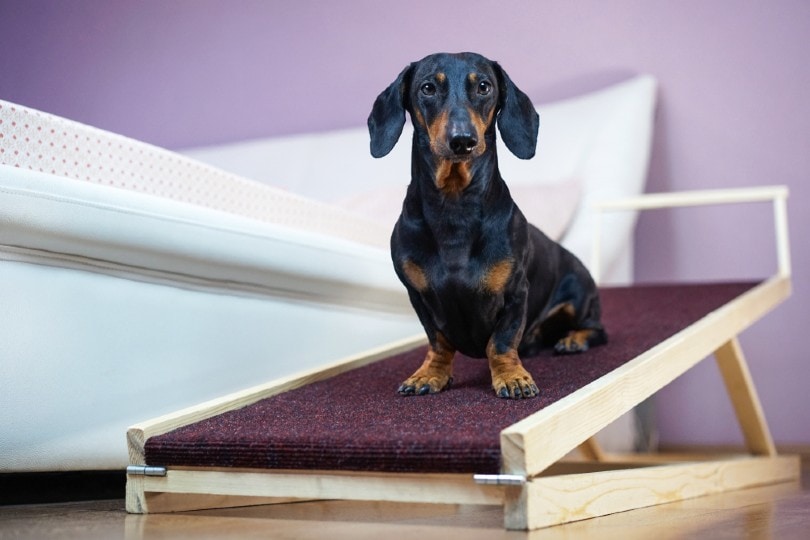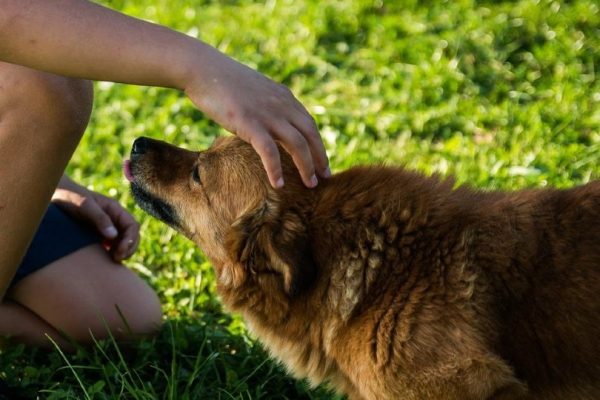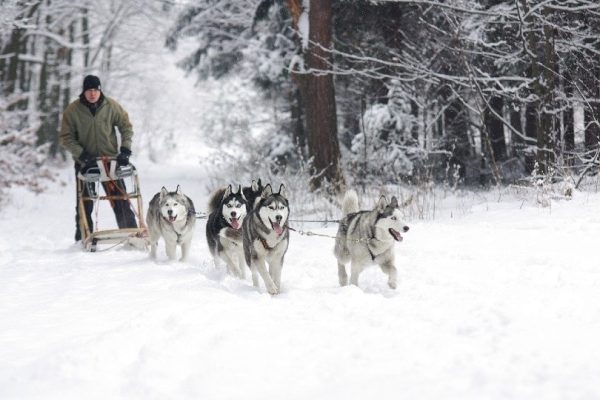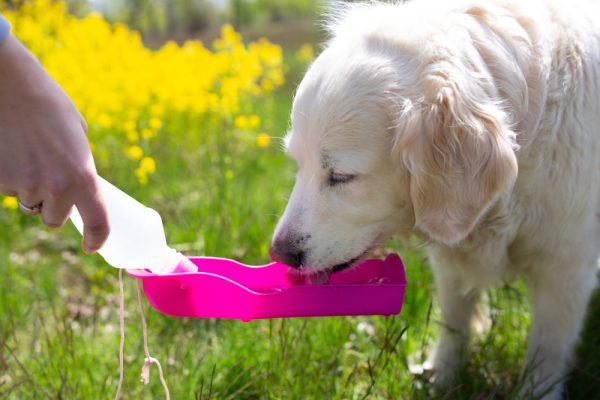As your dog gets older, you may need to adjust things to help with the aging process. For example, older dogs often struggle to get on elevated areas, such as beds or couches, when they get arthritis.
Dog ramps are a helpful tool to give dogs a sturdy, safe way to climb to their favorite resting areas, but the training process can take a little work. Here are six tips for training your dog to use a dog ramp. All you need to get started is some tasty treats, a good ramp, and some patience.

The 6 Tips to Train Your Dog to Use a Dog Ramp
1. Prepare the Ramp
Ramps can be adjusted to suit the object they’re used for, such as a couch or bed. When you’re introducing the ramp to your dog, it’s best to use a low incline that’s less intimidating. Practice lying the ramp on a stable surface, such as a carpet, to give your dog confidence using it.
2. Start With One Paw
If your dog uses the ramp on its own, great! But realistically, it may take gradual measures to get your dog comfortable and confident. Introduce your dog to the ramp by placing one paw on the ramp, then offering a treat. Repeat this step a few times until your dog is comfortable.
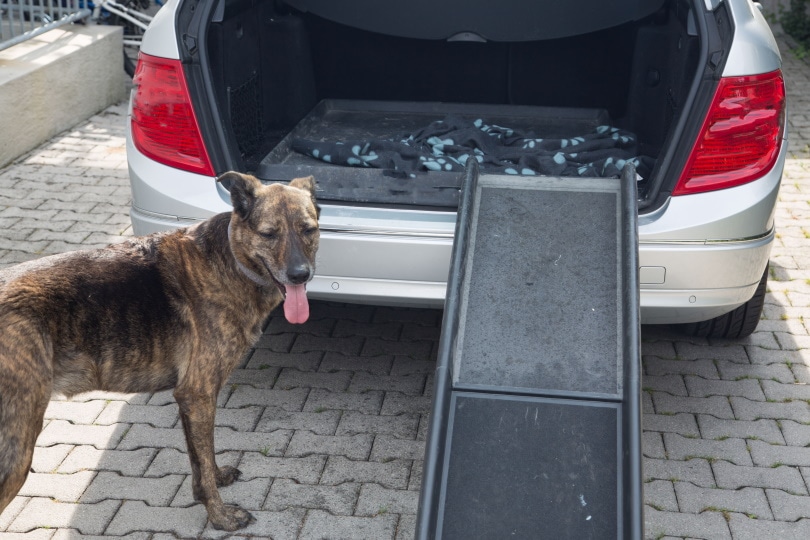
3. Encourage Your Dog to Move Onto the Ramp
The next step is to get your dog to stand on the ramp on its own. Begin by rewarding your dog for placing one paw on the ramp, then progressively move the treat to encourage your dog to step onto the ramp. Keep rewarding for each positive step and gradually coax your dog to move farther onto the ramp. Eventually, your dog should follow the treat from one end of the ramp to the other.
If your dog jumps off the ramp, repeat the previous step and reward progress.
4. Remove the Treat
Once your dog is comfortable following the treat on the ramp, switch to using just an empty hand. The treat is now left as a reward for following your hand, not a way to coax the behavior. Gradually work up to walking from one end of the ramp to the other, rewarding your dog for positive steps.
5. Introduce a Cue
When your dog gets to the end of the ramp, have it turn around and go back to the starting point. Introduce a verbal command, such as “up,” as you direct the dog with your hand. Treat your dog for moving at the cue.
6. Start the Incline
With patience, your dog should master the ramp on a flat surface with confidence. Now, you can introduce a slight incline to get your dog comfortable. Work slowly, raising the incline only once your dog adjusts to the previous position. If you go too fast, your dog may get nervous and jump off, setting back your progress.
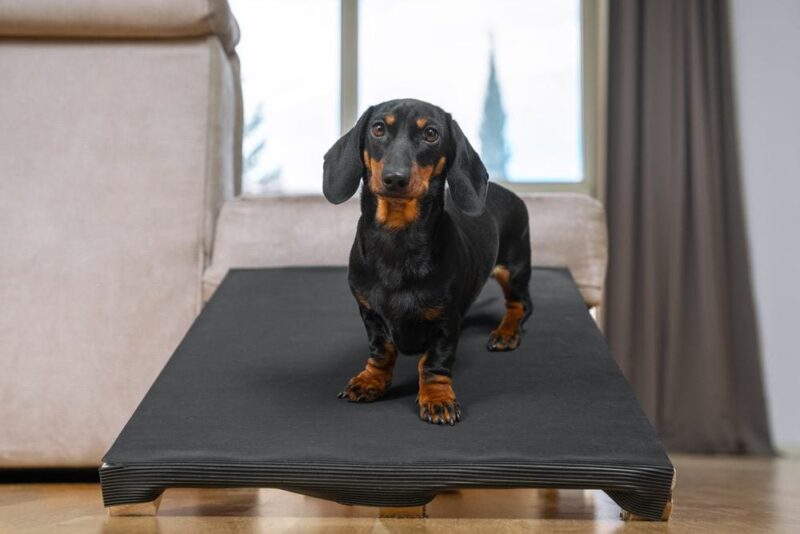

Tips for Using a Dog Ramp
Training a dog to use a ramp is a new—and sometimes intimidating—experience.
- Get a sturdy ramp with a non-slip surface for good traction. Some dogs are more careful and nervous on insecure surfaces.
- Use high-quality treats that your dog is happy to work for.
- Begin ramp training before your dog needs it. If you wait until your dog develops mobility issues, it could be more difficult for your dog to feel confident on a new surface.
- Don’t rush the process! If you go slow and wait until each step is down before moving on to the next, the entire process will go faster. Rushing can hurt your dog’s confidence and take you back to square one.

Conclusion
Dog ramps are helpful for older dogs or dogs with mobility issues that can’t jump on and off high places comfortably. Unless your dog is agility trained, getting it used to walking on a ramp can take some work and patience, but it’s worth it to ensure comfy spots like the bed or couch are still accessible.
Featured Image Credit: Masarik, Shutterstock
